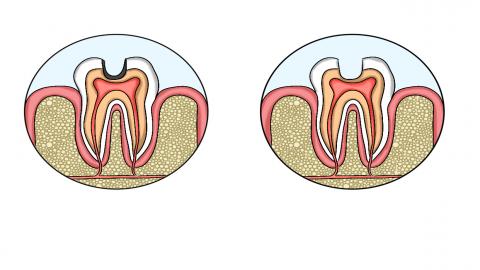Can I still get orthodontic treatment if I have cavities?
Generally speaking, whether orthodontic treatment can be performed in the presence of dental caries depends on the severity of the decay and the status of treatment. If discomfort or uncertainty arises, it is recommended to seek timely medical consultation. The detailed analysis is as follows:

If the caries is mild, affecting only the enamel or superficial dentin without involving the dental pulp, and restorative filling has been completed, orthodontic treatment is usually feasible. In such cases, the tooth structure remains relatively intact, and the filling material helps protect the tooth from further damage. During orthodontic movement, the forces applied are unlikely to trigger pulp infection or pain, allowing treatment to proceed normally.
However, if the caries is severe—having progressed into the pulp and caused pulpitis or apical periodontitis—or if extensive tooth structure has been lost due to untreated decay, orthodontic treatment should not be initiated directly. Untreated severe caries may worsen during orthodontics, potentially leading to severe pain or tooth mobility. Additionally, significant structural loss can interfere with the bonding of orthodontic attachments. Therefore, comprehensive treatment of the caries must be completed first, and orthodontic feasibility should only be reassessed once the teeth have stabilized.
Prior to orthodontic treatment, a comprehensive oral examination is necessary to ensure all carious lesions have been properly treated. During orthodontic therapy, enhanced oral hygiene is essential; tools such as dental floss and water flossers should be used to remove food debris and prevent recurrence of caries. In addition to monitoring orthodontic progress, regular follow-up visits should include evaluations of overall dental health by the dentist.




